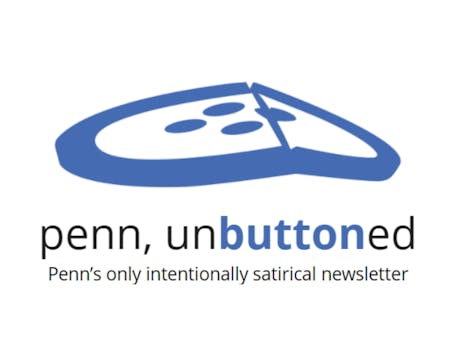Penn's methods for investing its $3 billion endowment have kept the University from capitalizing on big gains in stocks. The market value of the University's total endowment dropped by $20 million over the first half of Fiscal Year 1999 -- dating from June 30, 1998, to December 31, 1998 -- due to consistently underperforming investments, Penn officials said. The losses -- reducing the value of the endowment only slightly from $3.06 billion to $3.04 billion -- are primarily the result of investments which Penn officials say are not performing at the same level as the overall market. The endowment, though, recovered from a drop of 10 percent -- or $300 million -- last summer, when the Dow Jones Industrial Average fell nearly 20 percent in a six-week period. Penn's domestic stock holdings increased 1.3 percent during the first six months of the current fiscal year, while the average national increase was 9.2 percent. Vice President for Finance Kathy Engebretson acknowledged that University investments "have lagged behind the general market." University officials attribute the weak performance of Penn's investments to prudent investment plans, which they say will prove beneficial for the University in the long run. Engebretson explained that Penn uses a "value approach" to investments -- a managing style that buys undervalued stocks at low prices, knowing that those stocks may take time to mature. This cautious investment approach prevents the University from capitalizing on currently hot Internet stocks, such as Yahoo!, America Online and eBay, which are benefitting other stock portfolios. However, it also prevents the University from investing in potentially risky stocks. The University's particular stock holdings, however, remain unknown. Penn began using external managers to oversee stock investments when University Trustee John Neff stepped down as chairperson of the Trustees' Investment Board last spring, and it has since instituted a new policy of refusing to disclose the University's stock holdings. Engebretson said it was unlikely that the Trustees would change the current "value approach" to investment policies, adding that the recent drop is "not surprising" and that "markets go up and down." And while the endowment has dropped slightly over the past six months, it has almost tripled in recent years. In 1993 the endowment stood at approximately $1.1 billion. Currently the endowment ranks 12th among universities and colleges nationwide -- larger than Cornell and Brown universities and Dartmouth College, but far smaller than Harvard's $13 billion endowment and Princeton's $5.6 billion. But Engebretson noted that comparisons between schools with different student endowment ratios can be unreliable, especially since Penn has more students to spend money on than do some of the other Ivies. Nationally, Penn ranks only 65th in the size of its endowment per student. As of June 30, the University invested 42 percent of the Associated Investment Fund -- the main portion of the endowment -- in domestic stocks, 10 percent in international stocks and 5 percent in stocks from emerging markets. According to Engebretson, one cause for the endowment drop was the investment losses in both emerging market stocks and international market stocks. The University experienced a 10.9 percent loss in emerging market equities -- from developing areas in Asia, South America and Russia which experienced severe economic downturns in the past year -- while the average loss was a smaller 8 percent. And Penn's international stocks decreased 1 percent, against an average national increase of 3.5 percent.
The Daily Pennsylvanian is an independent, student-run newspaper. Please consider making a donation to support the coverage that shapes the University. Your generosity ensures a future of strong journalism at Penn.
DonatePlease note All comments are eligible for publication in The Daily Pennsylvanian.




